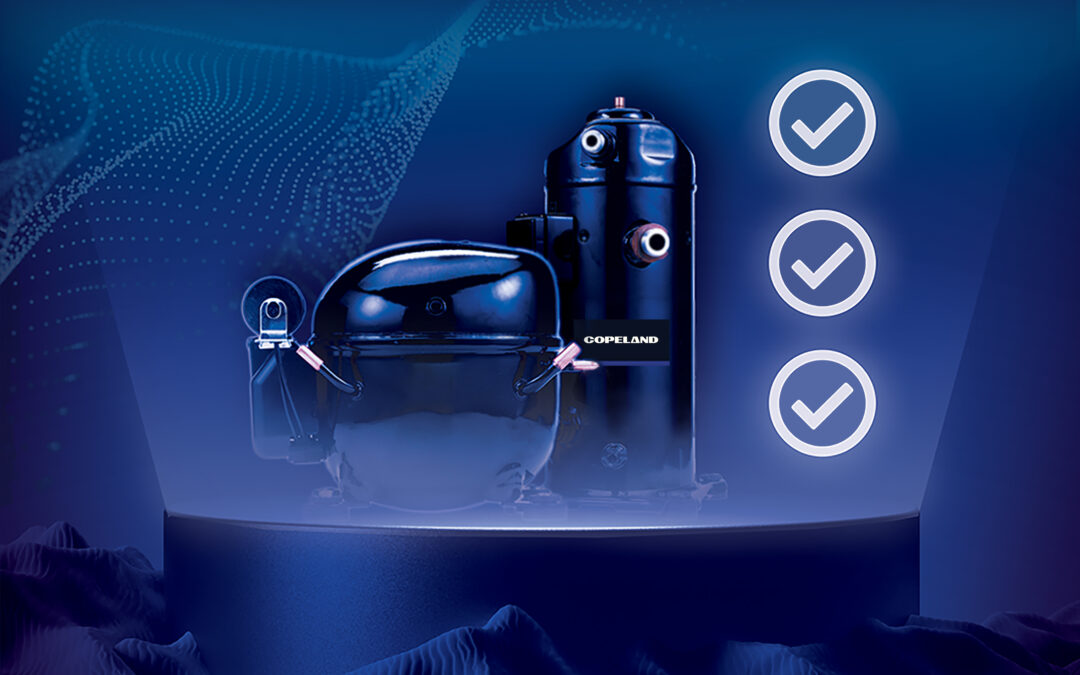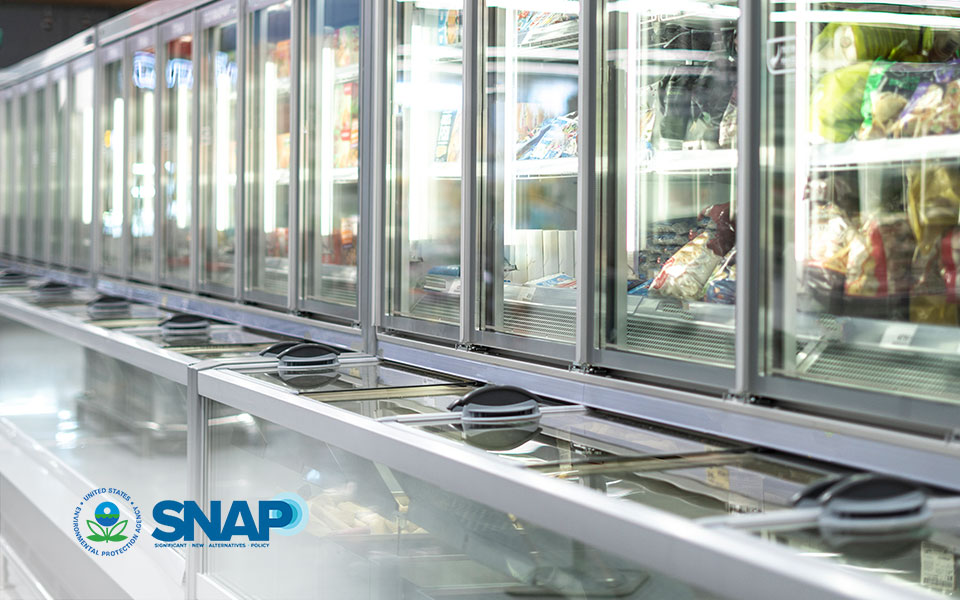Refrigerant Transition Gains Momentum

*On June 1, 2023 Emerson’s Climate Technologies business became a new standalone company – Copeland. Though our name has changed, we are building on more than a century of HVACR innovation and industry leadership, and Copeland continues to offer the same products, industry stewardship, and learning opportunities you’ve grown to trust. Information found on this webpage posted before June 1, 2023 may contain our old name or branding, but you can be at ease knowing it was created with the knowledge and expertise of Copeland.
For over a decade, environmental advocates around the globe have recognized the need for the commercial refrigeration industry to make the transition from hydrofluorocarbon (HFC) refrigerants to lower-global warming potential (GWP) alternatives. An HFC phase-down is well underway in many countries and regions, and today conditions are favorable for these efforts to increase within the U.S. I recently contributed to an ACHR The NEWS article where we discussed how recent developments may accelerate this refrigerant transition.

Recent regulatory developments in the U.S. have increased the likelihood the HFC phase-down will become a higher priority for equipment manufacturers, contractors, and food retailers. Among the greatest contributing factors include:
-
- The inclusion of HFC phase-down legislation in the recent Omnibus and COVID relief bill
- A new presidential administration with a greater commitment to environmental stewardship
- Continued regulatory activities taking place at the state levels
All eyes on California
For several years, the California Air Resources Board (CARB) has been proposing regulations targeting HFC emissions reductions in commercial refrigeration equipment used within grocery stores. In 2019, CARB banned the use of R-404A in new or retrofit centralized systems. Last December, CARB finalized those regulations and established an enforcement date, beginning January 1, 2022. Details of the rulemaking impact new (or remodeled) and existing facilities:
-
- A limit of 150 GWP for new or fully remodeled facilities in California that utilize commercial refrigeration equipment containing more than 50 pounds of refrigerant.
- Existing food retail facilities with refrigeration systems charged with more than 50 pounds must collectively meet a 1,400 weighted average GWP or 55 percent greenhouse gas potential (GHGp) reduction relative to a 2019 baseline by 2030.
As a result (in California, at least), natural refrigerant-based systems — such as CO2 transcritical boosters — are often considered leading options for compliance in new facilities.
California’s new regulations, along with new developments in federal refrigerant regulations, will present opportunities for manufacturers who already developed lower-GWP solutions. To support these efforts, Emerson has been qualifying its compressor lines to use a variety of lower-GWP refrigerants for more than a decade. Also, we are developing full-system strategies — such as CO2-based technologies and our distributed scroll booster architecture — that leverage new refrigerant alternatives and enable the implementation of lower-GWP systems. In addition, for retailers in California, we developed smart tools to help them evaluate their store fleets and calculate how they can achieve CARB compliance.
Elsewhere, a growing coalition of states — the U.S. Climate Alliance — has vowed to follow California’s lead. These member states are also continuing to develop their own legislation to enforce HFC phase-down commitments.
New federal legislation could provide industry-wide consistency
While state-level regulations have pushed forward, the status of refrigerant rulemaking at the federal level has been stagnant for several years — particularly after a 2017 court ruling determining the Environmental Protection Agency (EPA) did not have the authority to regulate HFCs under the Clean Air Act. But with the recent passage of the American Innovation and Manufacturing Act of 2020 (AIM Act) as part of the Omnibus and COVID relief bill, that may all soon change. The AIM Act restores the EPA’s authority to phase down the consumption and production of HFC refrigerants and establish sector-based limits.
As importantly, the new federal mandate will hopefully simplify the growing complexity of managing a multitude of state-led HFC phase-down initiatives. Ultimately, a federally-led refrigerant compliance program would provide much-needed guidance to the industry and remove the burden facing individual states. In addition, the industry could even see the adoption of new rulemaking from the EPA’s Significant New Alternatives Policy (SNAP) program.
This uptick in regulatory activity will likely result in a busy period for HVACR contractors and food retailers around the country — particularly those in California who will be preparing for the CARB regulations to take effect next year. Emerson is committed to helping commercial refrigeration stakeholders in the U.S. and throughout the world achieve their refrigeration goals and make the transition to lower-GWP refrigerant alternatives.

Address Efficiency Mandates with Compression Technologies
by Joe Summers | Efficiency & Refrigerant Regulations
Strategies for complying with DOE and ENERGY STAR® in self-contained and remote condensing units...

EPA SNAP Rule 26 Approves, Modifies Use Conditions for A2L and A3 Refrigerants
by Jennifer Butsch | Efficiency & Refrigerant Regulations
On May 28, the Environmental Protection Agency (EPA) pre-published its Significant New...

Refrigerant Transition Highlights the Importance of Leak Detection
by Mike Hill | Efficiency & Refrigerant Regulations
*On June 1, 2023 Emerson’s Climate Technologies business became a new standalone company –...
The post Refrigerant Transition Gains Momentum appeared first on Copeland.